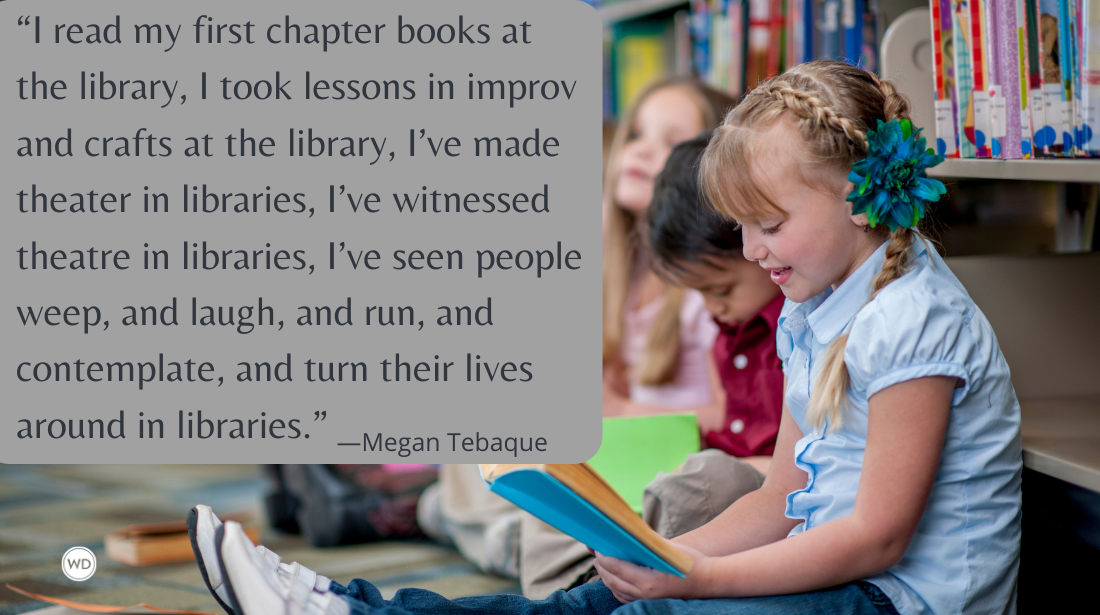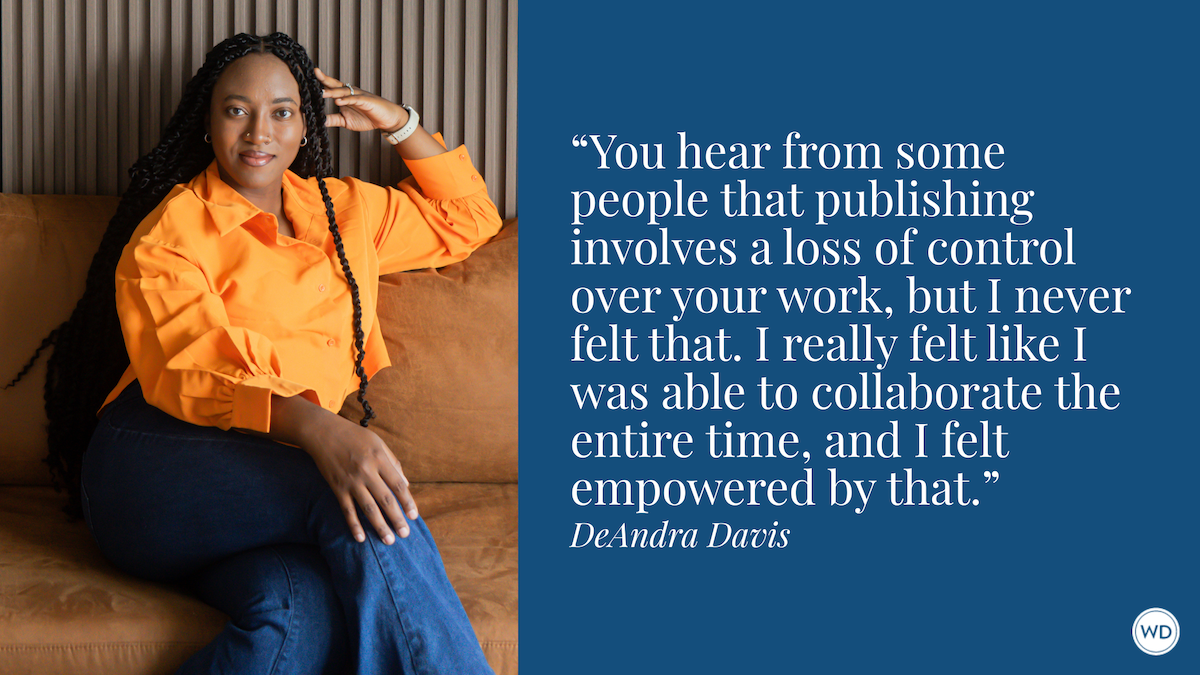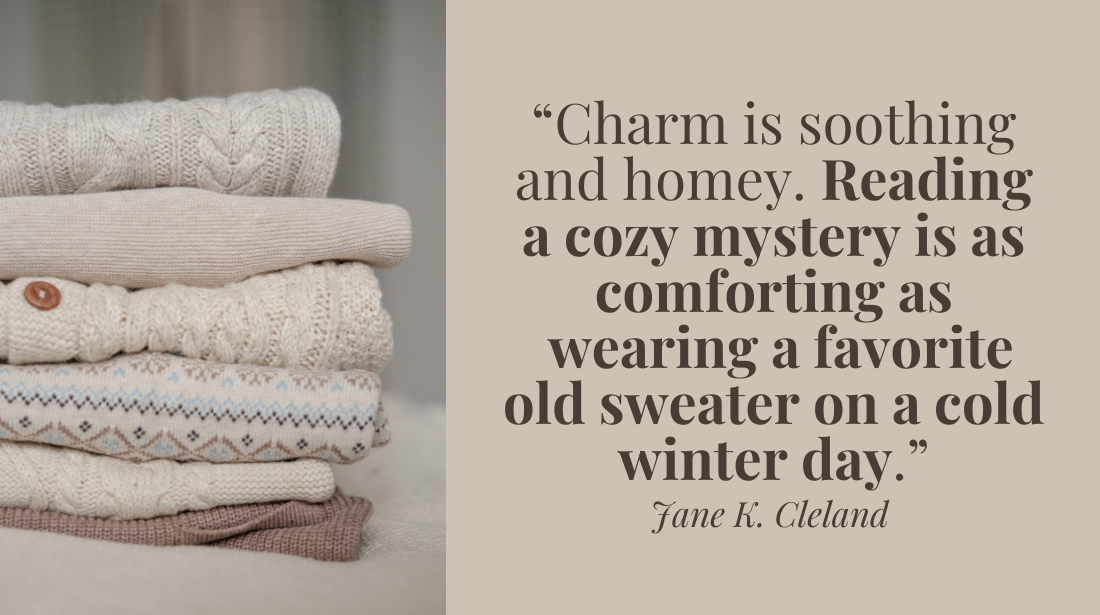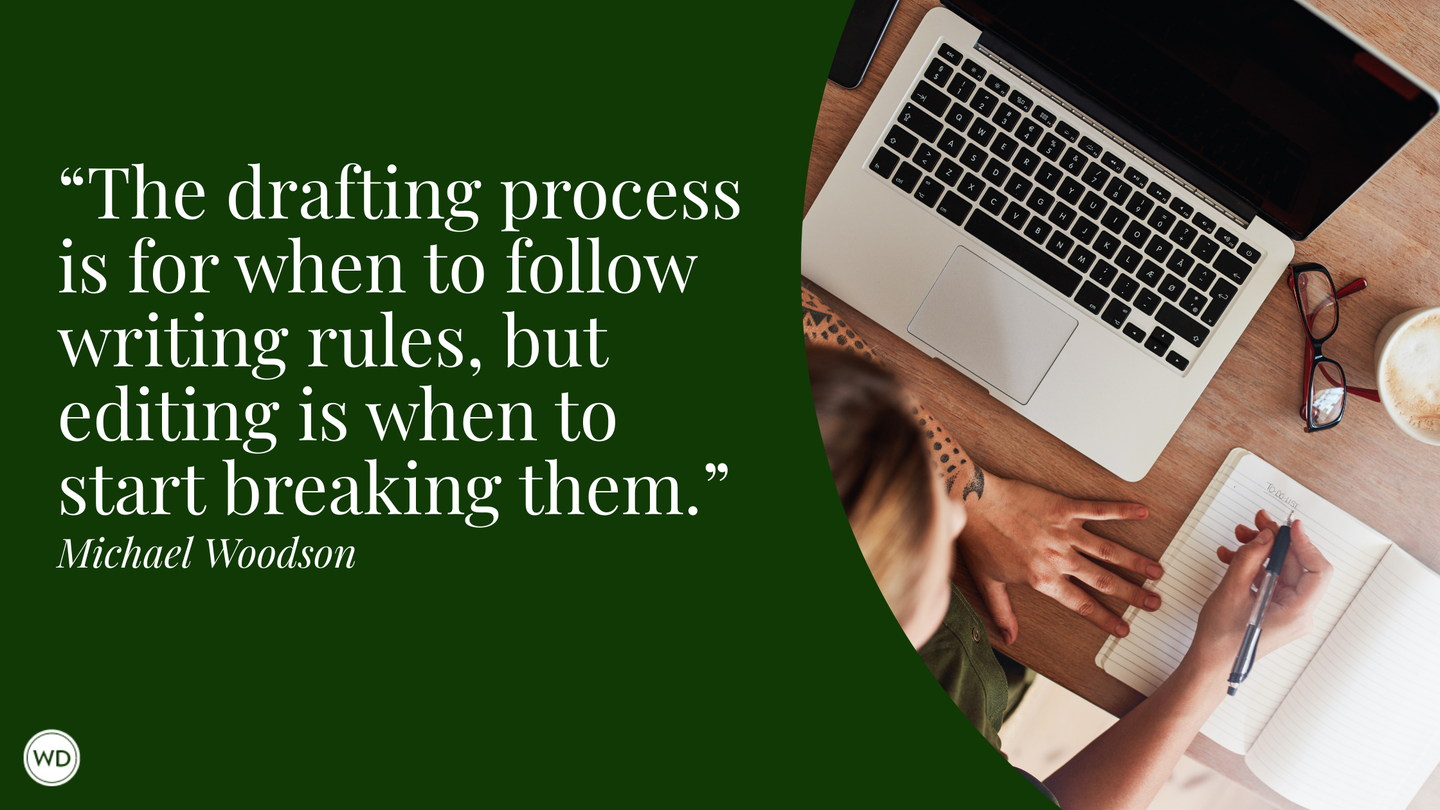Interview with Dima Ghawi: WD’s 26th Annual Self-Published Book Awards Winner
Breaking Vases author and Self-Published Book Awards Winner Dima Ghawi talks about finding the strength to tell her personal story and how she produced the book while building her new business.
Breaking Vases author and Self-Published Book Awards Winner Dima Ghawi talks about finding the strength to tell her personal story—and how she wrote and produced the book while also building her new leadership training and executive coaching business after leaving her day job at IBM.
Tell me about yourself and how you came upon the decision to write this book.
I am Middle Eastern in my genes and a global citizen in my soul. I was born in Turkey, raised in Jordan, and I’m a woman with a story. While I grew up in a community where I was raised to remain silent, writing Breaking Vases gave me the strength to find my voice and shatter the damaging expectations of subservience and conformity that clouded me not just as a Middle Eastern woman, but as a person.
For those who may be unfamiliar with the metaphor in my memoir title, vases represent the external and internal limitations and fears that we live with. My memoir is about the journey of shattering our vases so we can connect with our authentic selves.
I truly believe that writing Breaking Vases was a “choiceless choice.” This story was begging to be told, and so I had no choice but to share it with the world. After delivering keynote speeches with messages of self-transformation and discovering one’s identity, members of the audience would ask if I had a book for them to buy. Instead of writing a book, I decided to record an audio program about shattering vases in our personal and professional lives. The producer of the program sent me a transcription of the two-hour recordings, which I was not expecting her to do. For the first time, I held the physical manifestation of Breaking Vases, my own words in my hands, and thought, “This is something I really want to share with the world!” With this motivation, and the extensive support of my friends and network, I edited fifteen pages of the transcription. I shared the pages with these friends, and they all echoed the same inspiring chorus: we want more! I gained momentum once I hired my writing coach and editor, and soon fifteen pages became forty, fifty, a hundred, and more! Ten friends read Breaking Vases word for word and provided input, and with their help and the guidance of my coach and editor, I was able to successfully complete the writing in one year. At the end of the day, it takes a village, and Breaking Vases is a testament to that truth.
Breaking Vases is a powerful personal story that you’ve described as a “healing experience.” Was it difficult for you to be so candid in your writing?
It was beyond difficult. Deep down, I always knew I wanted to write this story, but it first took eight years of healing and forgiveness – I had to forgive my father, my husband, and myself – before I was mentally ready to write a single word. For many years, I tried desperately to put the past behind me and move on with my life. But the memories and trauma were ever present, following me no matter where I went. There were times where I was suddenly overwhelmed by guilt and toxic negativity. I knew in my heart that I had done nothing wrong, that I simply left a bad marriage in order to save myself, but I was still programmed to feel immense shame and believe I brought dishonor upon my family, so I had to figure out how to deprogram the compulsion to blame myself. During these eight years, I recalled memories in great detail, and one memory at a time, one fear at a time, the pieces of my story came together. This is why it took me only one year to write Breaking Vases: I had been recollecting and working, painfully and slowly, through my past for eight years.
Writing Breaking Vases has healed me, and I know it has the power to provide healing for others. It’s a book that can help readers think about the limitations they have set for themselves, and one that will help them expand beyond their potential.
Your grandmother’s story about the broken vase serves as a unifying theme throughout your book. Did you know before you began writing that the book would be called Breaking Vases?
If you asked me this question five years ago, I could not have guessed grandmother’s story would be the central metaphor of my memoir. The first time I ever shared the breaking vases story was during a TEDx event in 2014. I planned instead to present on global leadership and business topics and preferred to hide everything related to my identity, but a dear friend encouraged me to talk about my personal journey. After much resistance and weeks of self-doubt, I took a leap of faith and spoke about my experiences. The response to my TEDx Talk, which I called “Breaking Glass: A Leadership Story,” was so overwhelmingly positive! I received messages from people, both women and men, from around the world who said they were brought to tears by my message. Looking back, the image resonated so deeply with people because the act of breaking glass in my grandmother’s message is inherently linked to the concept of breaking through glass ceilings. Regarding the title of the memoir, it was a toss-up between Breaking Vases and She Shattered. While She Shattered received positive feedback, Breaking Vases encaptured the story I was sharing more wholly while illustrating the importance of my grandmother and her impact on my life.
Your family plays a prominent role in your memoir. Have any of them read Breaking Vases? What has their response been?
I had mused over the concept of writing Breaking Vases for years and would occasionally talk with my mom, uncle, and other members from my mom’s family about it, but when the time came to take active steps toward hiring my coach and editor, they suddenly realized that I was serious about my writing and grew very skeptical and hesitant. Growing up, our family valued privacy and keeping mum about the innerworkings of the family because it was not normal to expose imperfections within a family unit to outsiders. Of course, my mother’s family loved me and wanted the best for me, but when they gave me advice to keep my story to myself, it was because of their upbringing and because they didn’t realize how important it was for me to do this. They didn’t understand how powerful the voice inside of me was screaming and yearning to come out. When Breaking Vases was published, my mom, aunt, and uncle read it and had a change of heart. They transformed into my biggest supporters and proudly shared it with their friends. I get the sense that the book actually became a powerful healing tool for them as well.
As for my father’s side, I haven’t talked to any of them since 2001. Recently, they found out about Breaking Vases, and let’s just say that their response has been rather severe. They lash out by posting negative comments on every platform they can get their hands on. Honestly, I doubt they have even read the book. They unfortunately don’t grasp the message of understanding, forgiveness, and empowerment Breaking Vases stands for, and they may never wish to understand. They continue to attempt, unsuccessfully, to discredit my story because they want to make me feel ashamed, but when I read their comments online, I think to myself that of all the people who have encountered my book, they are the ones who need the message of breaking vases the most.
Tell me about your day job. How did you make time to write Breaking Vases?
After the positive reception of my TEDx Talk, I received many invitations from conferences and organizations asking me to speak to their employees. These requests were impossible to balance in addition to my leadership role at IBM. At that time, I didn’t have the courage to resign from my position, but something urged me to have faith in my ideas and embark on a new adventure.
So, after resisting for a year and a half, I left my job to build my business and write Breaking Vases. Now I am an international keynote speaker, a leadership trainer, and an executive coach. I initially debated whether or not I should get my company off the ground first or write Breaking Vases first. Staying ever true to my adventurous and zealous character, I decided “Why not both!” So I built my business during the day and wrote Breaking Vases late into the night and on weekends.
Sure, I had no life. Every free moment I had was spent at home with my door locked working on Breaking Vases, but it was exactly what I needed in order to pour all of my heart and energy into the book. I liken the end of the process to being in labor. I don’t have children, but I thought, “I’m sure this is close to what it feels like: so painful, and yet so joyful.” Then Breaking Vases was born, and I still remember the first time I held the first copy in my hands. I felt like a new proud mother. Now, I can clearly see how the messages of transformation, empowerment, and self-discovery, have intertwined into my business.
Did you outline the book before starting?
Professionally, I am a business person, so I had a high-level, detailed outline, but I would occasionally get stuck. I couldn’t decide whether to start at the beginning or start at the middle, and this is where my writing coach helped! Having a writing coach and multiple amazing mentors helped organize many of my thoughts into a cohesive bigger picture, and I cannot underscore how crucial and beneficial my writing coach was to me. She was raised in America, but her parents are from India, so she had a nuanced approach and understanding toward my own cultural background. I hired, in my opinion, the best writing coach, editors, proof readers, internal and external designers, and project manager. I used to tell myself “whatever it takes,” whether it was money, time, or emotionally grappling with my trauma and past, I was intentional to not put any limits on the process.
What marketing efforts have you made for the book?
So much investment went into marketing Breaking Vases! Before it was even published, I wanted to get my followers excited so I gave them teasers, displayed the evolution of the book design on YouTube, and kept readers updated on my process through social media and monthly newsletters. As we approached the launch date, I started doing a countdown with pictures and notable excerpts from the book. I also asked people who read Breaking Vases ahead of time for written testimonials and Amazon reviews. On the day of the launch, I promoted the book by having a special one-day promotion where people could order it for only 99 cents. I also happened to be in San Diego on the day of the launch and I took my followers to various places related to the story through short Facebook Live videos. I gave them a specialized tour of San Diego, highlighting actual places described in the memoir. I stopped at my old apartment, the university I attended, the beach I used to frequently go to. I wanted the experience to feel more personal and visual for the readers.
I hired a marketing agency that did a great deal of the online promoting. Blinkjar Media is an amazing team that helped me design a website for Breaking Vases and were instrumental during the book launch.
I know so many people struggle with the marketing aspects of businesses and writing because of privacy and keeping personal lives sacred, and being so exposed made me uncomfortable as well. But I kept telling myself “whatever it takes” and I knew that marketing was a part of it. In the end, it actually helped me nurture my creative process. All of the people and aspects that I brought into this project have propelled my forward momentum.
The marketing never really ends. I will continue to promote Breaking Vases throughout my life because it is the most important creation of my life thus far, and it’s gradually taken on a life of its own.
My next project will involve launching Breaking Vases on Audible. And the biggest project of all is to turn it into a movie, so stay tuned for more marketing and promotion.
Why did you choose to self-publish?
Since Breaking Vases is my personal story, I am quite protective of it. I wanted the book to embody my voice and my spirit at its most raw and vulnerable. I was concerned that pursuing the traditional publishing route would give me less agency over my story, and that the message might be modified in order to attract readers.
I had to get my story out, so instead of reaching out to traditional publishers, I initially reached out to one hybrid publisher. I found out that the book would not have been published until Spring 2019 if I went with them, so I decided to self publish and was able to release my book by December 2017. This gave me a whole extra year to help empower others, and that time has been truly valuable and precious.
These days, we are lucky to have so many options for publishing, and there is no single right or wrong path to go about it. Whether it’sthrough a traditional or hybrid publisher, or through self-publishing, it’s important for authors to figure out what makes the most sense for them.
For my future books on topics of healing and leadership, I am absolutely considering working with a traditional publisher, but for Breaking Vases, the book that has laid the foundation of my brand, it made the most sense for me to self-publish it. I trusted my instinct, and while the journey has been a whirlwind, I could not imagine doing it any other way.
To get a free access to Dima’s two-hour audio program, use this link and the code COURAGE.
Learn more about Dima by visiting DimaGhawi.com and BreakingVases.com
Tyler Moss was an editor-at-large for Writer's Digest magazine.








